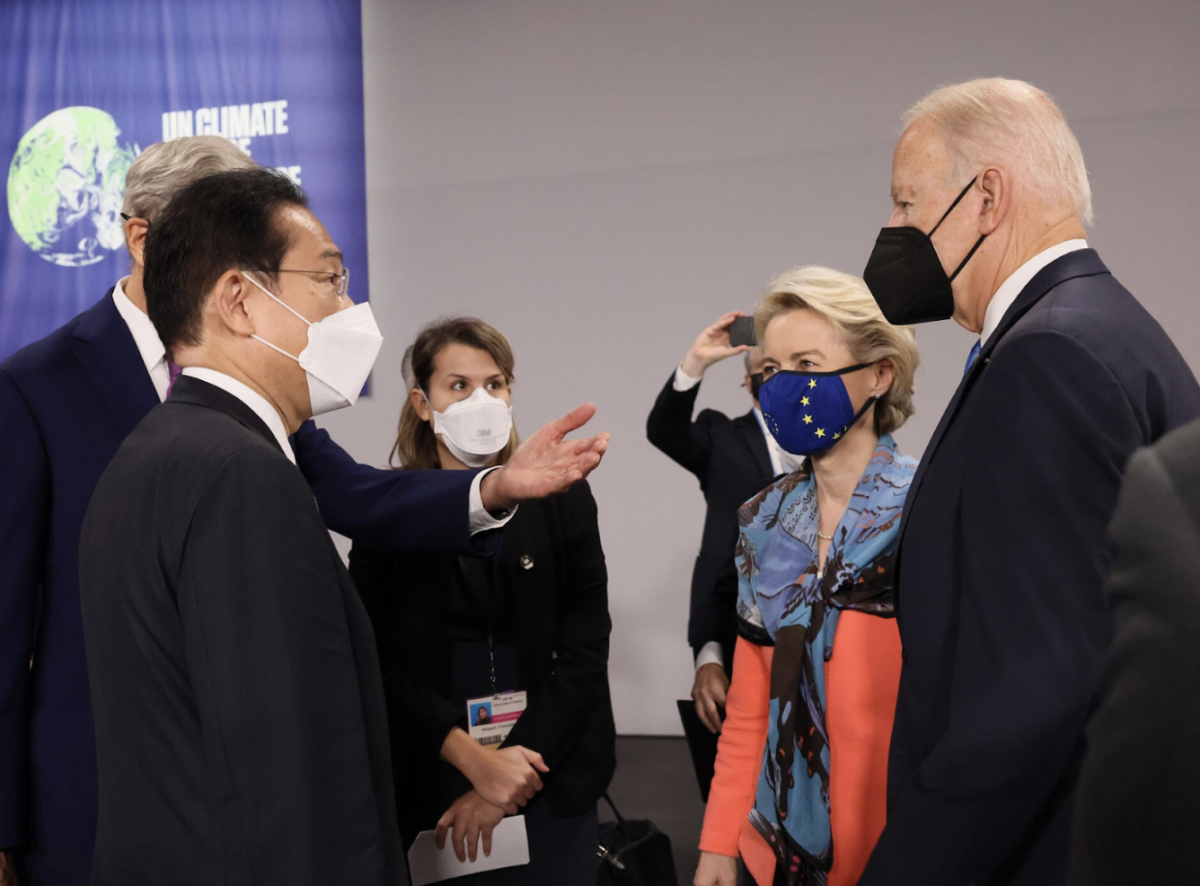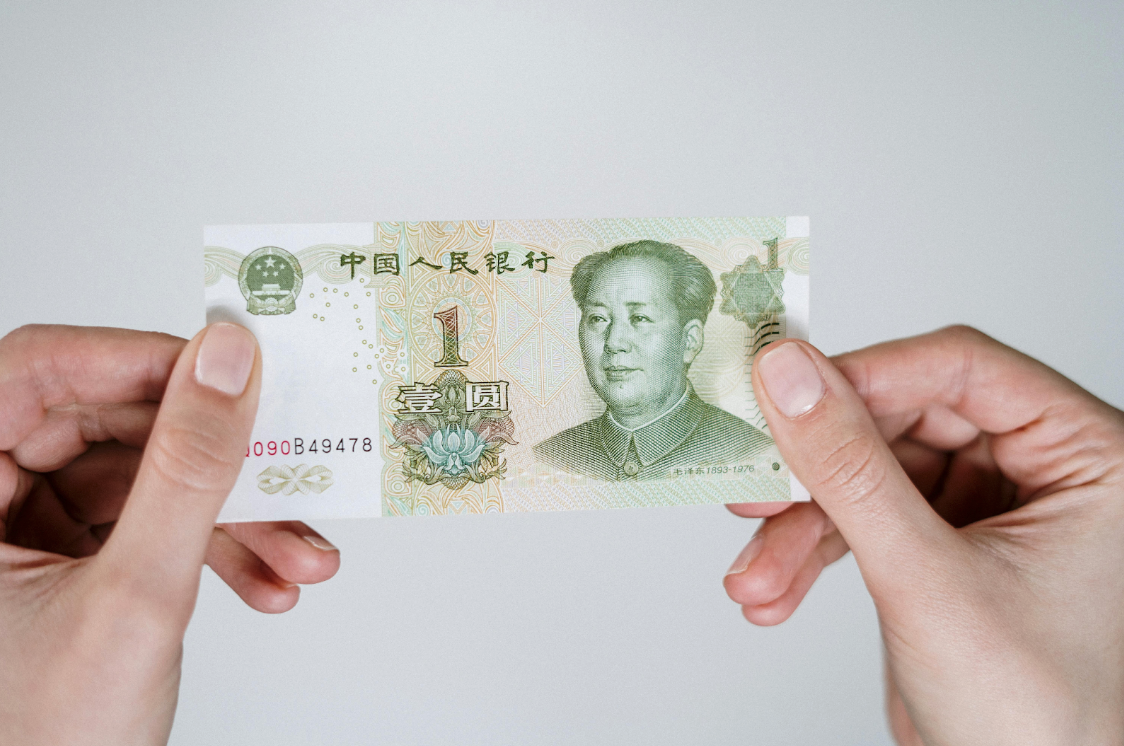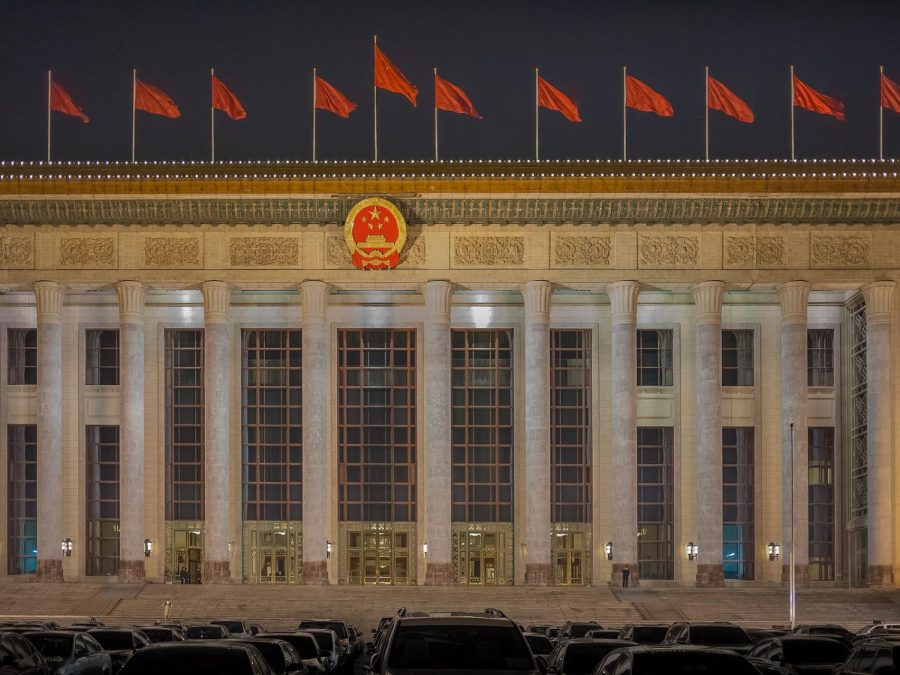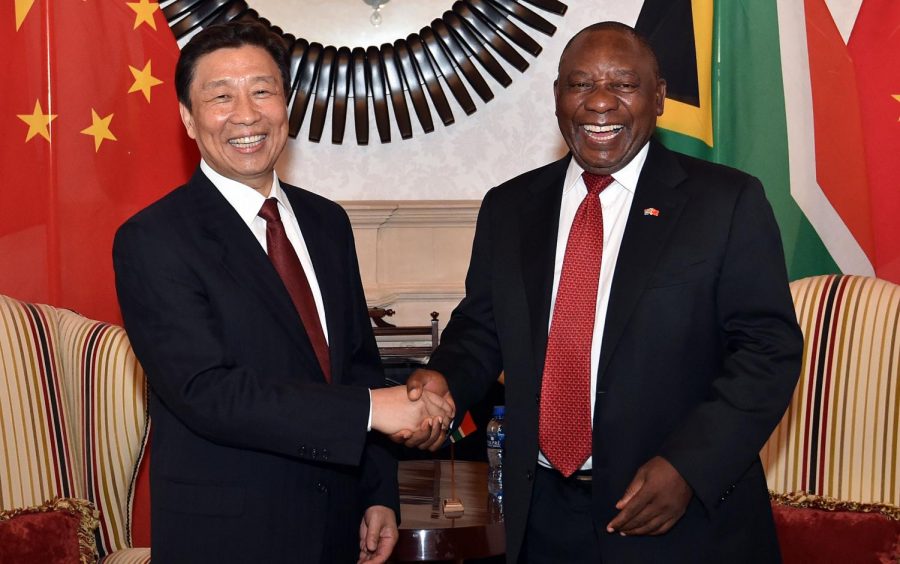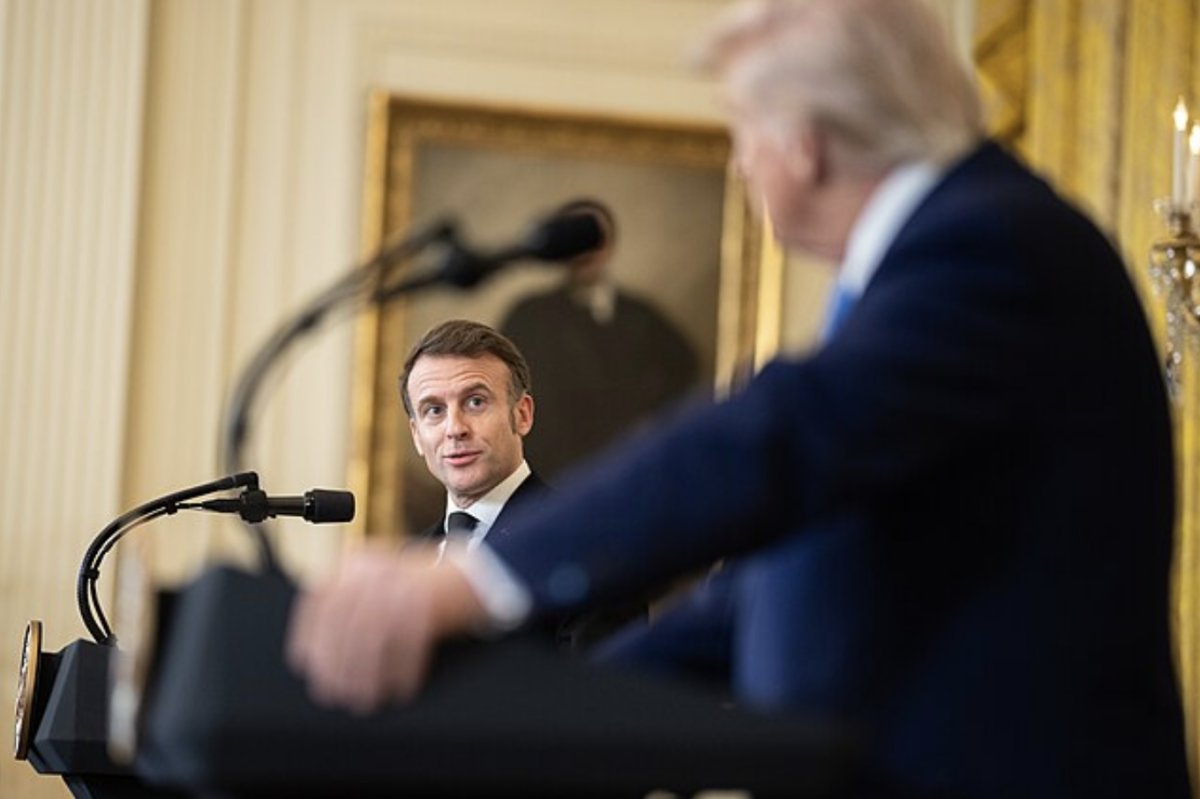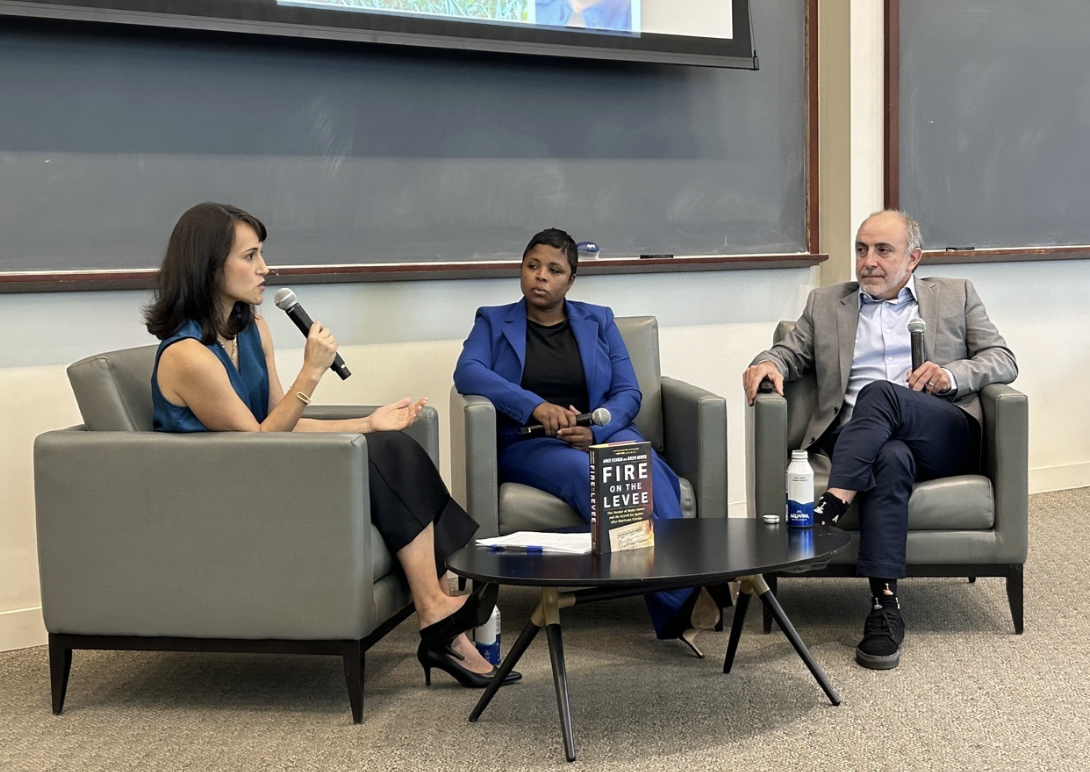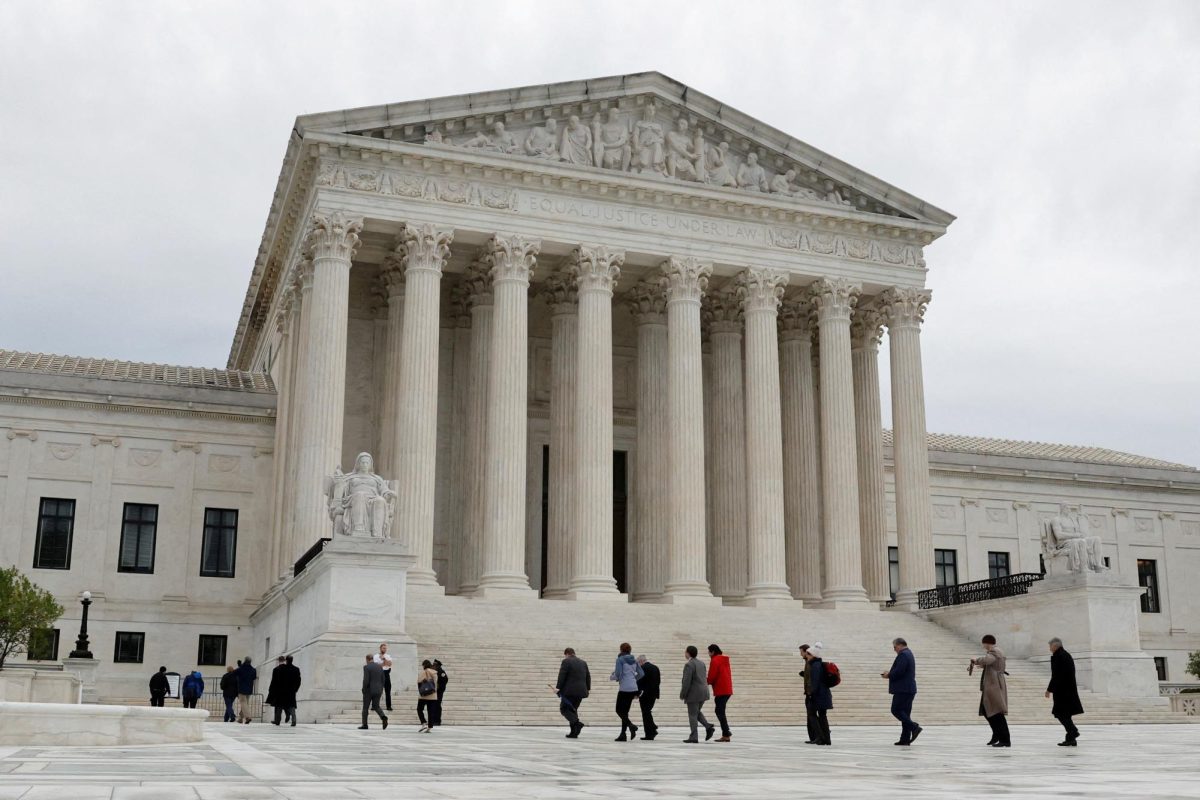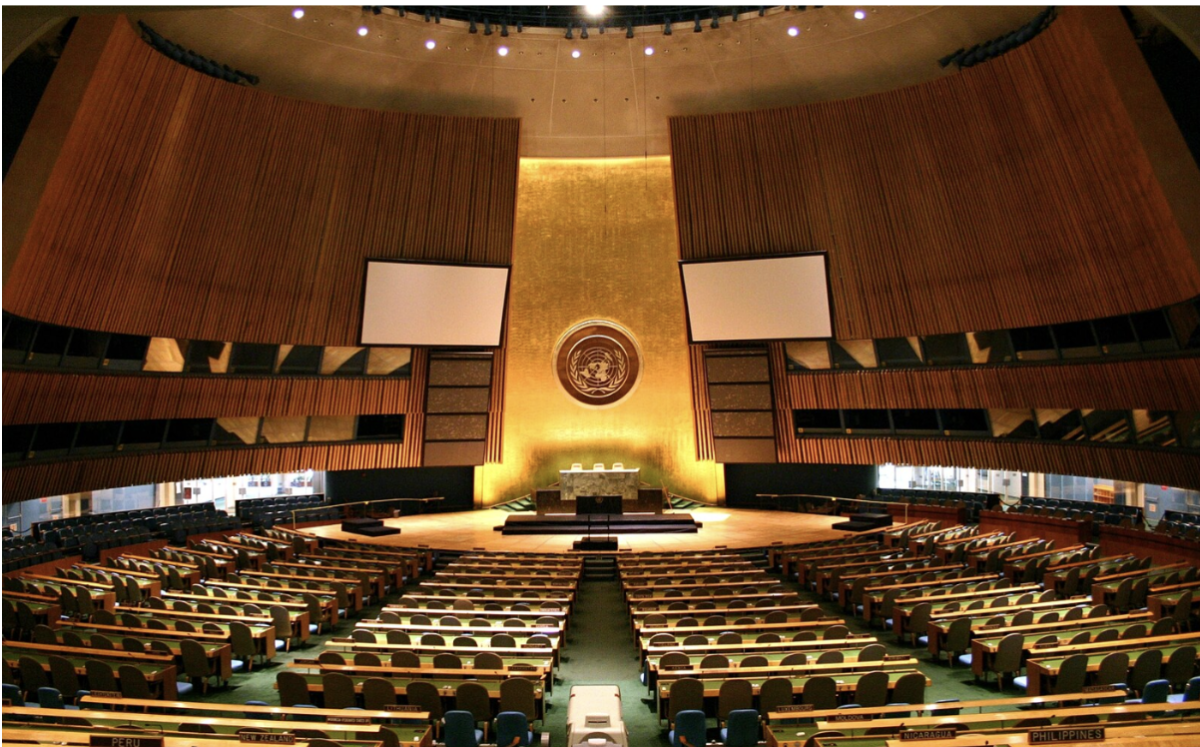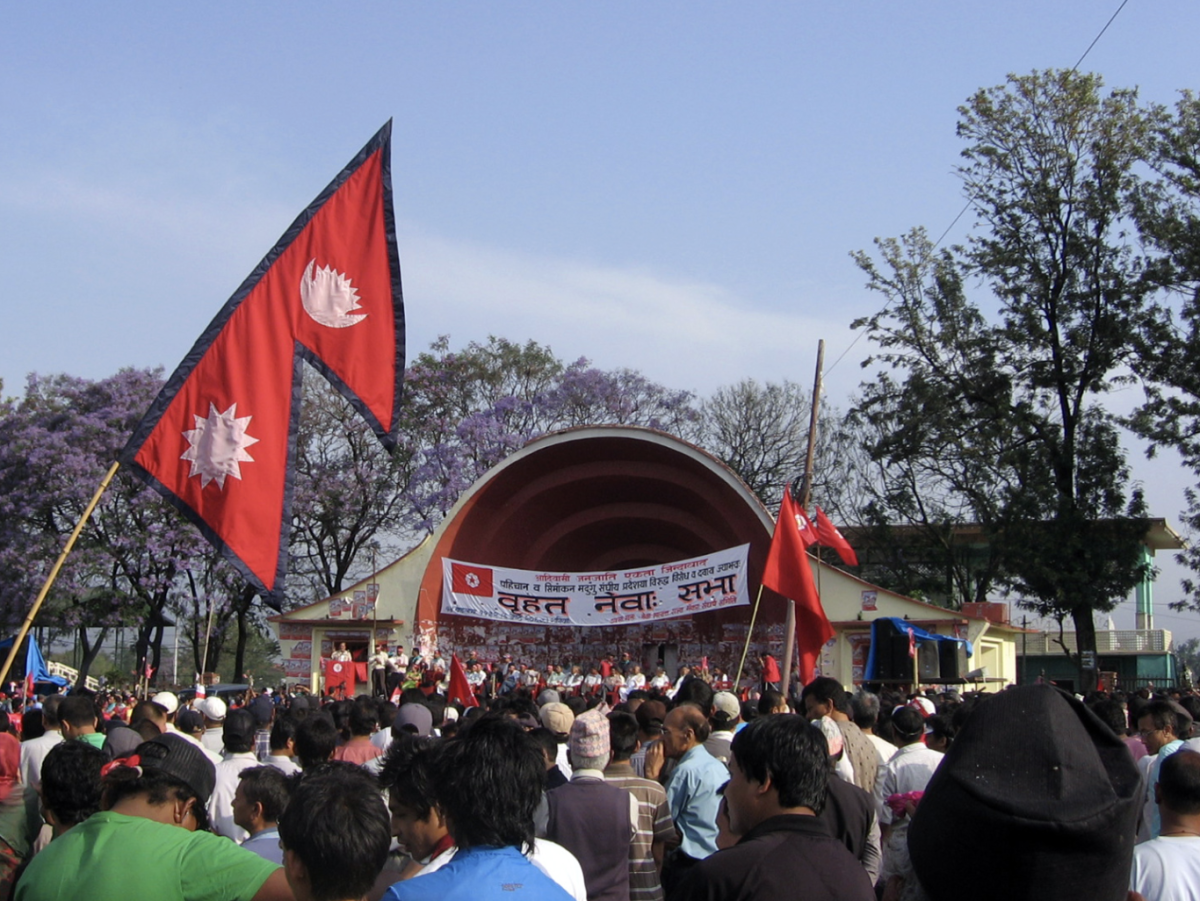September 27, 2024, will go down in history as a turning point for Japan’s socioeconomic and political trajectory as it will mark the reveal of Japan’s new Liberal Democratic Party (LDP) president. Prime Minister Fumio Kishida currently holds the position, but he surprised many around the world last month by announcing that he won’t be seeking reelection. Thus, with no incumbent president and a historically high number of Japanese politicians eager to fill his shoes, September 27th will be a day of anticipation, curiosity, and tension. It is important to note that the winner of this election will likely be Kushida’s successor for prime minister; since Kushida had established Japan as a key ally in Asia that the United States has relied on for support, we should pay attention to this election — if not for Japan’s future, then for the future of the U.S.
For context, the LDP is a conservative party that embraces liberal policies. It was established in 1955 when the Liberal Party and the Japan Democratic Party came together to unite against the Japan Socialist Party. For the past 38 consecutive years, the LDP has remained an influential force in Japan. The reason for its uninterrupted power is not so much because it is incredibly liked, but rather because it lacks powerful opposition. In fact, the LDP lost most of its public support in 2021 due to a political funds scandal that scrutinized the government’s use of COVID-19 funds and revealed controversies surrounding the bribery of elected officials involved. This scandal is particularly relevant as the upcoming election for prime minister next month will be the first since it occurred. Typically, the president of the LDP ascends to the position of prime minister, but there is growing uncertainty this time around. If the new LDP president fails to garner public support, the expectation of a smooth transition to the prime ministership could be undermined. Many Japanese citizens are bracing for unexpected outcomes, and this reflected distrust in the LDP could reshape Japan’s political landscape.
There are currently nine candidates in the race for the LDP president–the largest number Japan has ever seen. Two candidates that stand out in particular are Shinjuro Koizumi, Japan’s former Environment Minister, and Sanae Takaichi, who has served as Minister of State for Economic Security since 2022. Koizumi has gained traction from leading in support from fellow lawmakers and his particularly young age: forty-three years old. He holds the possibility of becoming the nation’s youngest prime minister, which could significantly shake the LDP’s seniority-based structure and radically transform its policies. Additionally, Takaichi is gaining traction through her efforts to become the first female prime minister of Japan. She is not doing as well as Koizumi, for her policies are observed by most to be too right-wing to appeal to the general electorate, but it is interesting to see how Kishida’s decision to not re-run for LDP president has brought about increasingly diverse candidates.
There are still hints of ambiguity surrounding Kishida’s abrupt decision to not attempt reelection, but he contends that this choice is his form of taking responsibility for the LDP’s scandal. He wants the LDP to go in a new, fresh direction, and taking himself out of the equation is the best way to do so. Furthermore, his approval rates recently dropped to just under 20% — thus, his decision also reflects the desires of the Japanese people.
Regarding Japan’s relationship with the U.S., it is important to recognize the critical role that Kishida has played in U.S.-Japan relations. His strong advocacy for enhanced military collaboration and increased defense spending directly addresses the growing threats from North Korea and China. Moreover, Kishida has actively promoted economic ties through initiatives like the Indo-Pacific Economic Framework and bolstered investments in semiconductor manufacturing to secure U.S. supply chains. In understanding the impact Kishida has had in benefiting our country, it is imperative to recognize that his successor could significantly reshape the U.S.-Japan alliance. The question that remains is: Will the new LDP president choose to continue these policies that align with U.S. interests, or will there be a shift away from this partnership?

